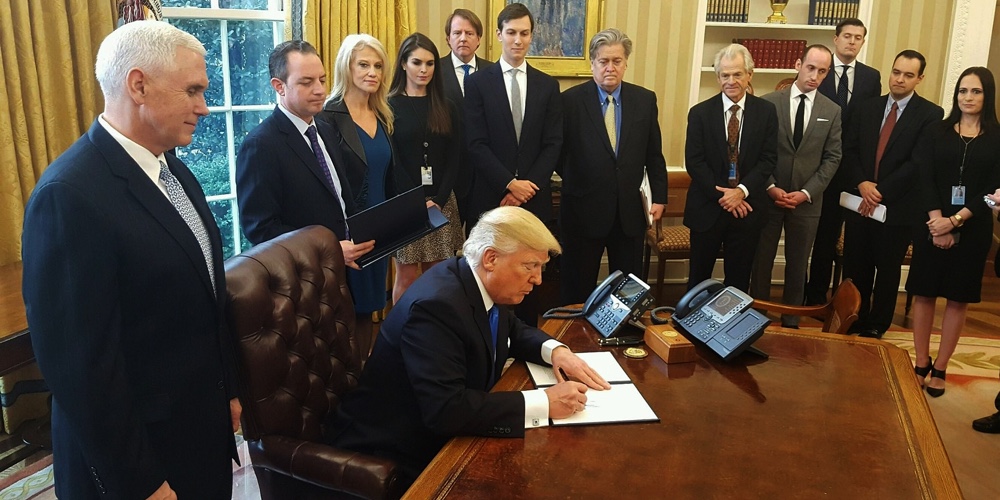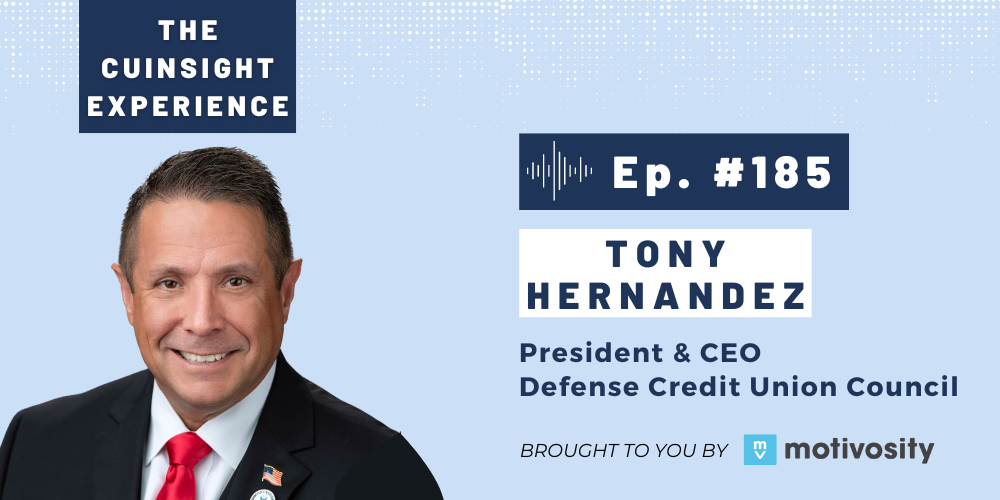The 2016 presidential campaign featured considerable debate around the degree of regulation in the U.S. financial services system. One of the campaign’s most vocal critics, particularly of the regulatory structure imposed by the Consumer Financial Protection Bureau (CFPB) in the wake of last decade’s financial industry crisis, was newly elected President Donald J. Trump.
Now, with the election and inauguration behind us, we are seeing the beginnings of Trump’s campaign promises move from talk to action.
Core Principles
Financial reforms and associated regulations cannot be reversed or changed with the mere stroke of the pen, even by the president through executive orders. Such changes must be driven by Congress, which alone has the power to write new statutes and modify, repeal or replace existing laws.
Nevertheless, President Trump issued the Presidential Executive Order on Core Principles for Regulating the United States Financial System on Feb. 3. This executive order, which can be viewed on WhiteHouse.gov, outlines the policy of the Trump administration regarding regulation of the U.S. financial system.
The order lays out seven core principles and directs the treasury secretary to consult with the member agencies of the Financial Stability Oversight Council to determine "the extent to which existing laws, treaties, regulations, guidance, reporting and recordkeeping requirements, and other government policies promote the Core Principles and what actions have been taken, and are currently being taken, to promote and support the Core Principles."
A report is due within 120 days of signing, with subsequent updates thereafter.
Financial CHOICE Act
Nothing contained in the body of the executive order recommended specific prescriptive actions to be taken to reform the financial system. Rather, the order formally set into motion the administration’s approach to financial services regulation and has symbolically set the table for further debate by the industry and congress.
One important piece of legislation to continue tracking is the Financial CHOICE Act (Creating Hope and Opportunity for Investors, Consumers and Entrepreneurs) introduced by Rep. Jeb Hensarling (R-Texas) in June of 2016. The bill calls for numerous changes to Dodd-Frank, including but not limited to repeal of the Durbin Amendment, the Volker Rule and the restructuring of the CFPB leadership into a multi-member, bipartisan commission.
Given the aforementioned executive order, coupled with the fact that we are now in a new session of congress, we can expect an updated and modified version of the Financial CHOICE Act, as well as possible other proposed legislation, to be introduced in congress during 2017.
Regulatory Burdens
Given Republican control of both chambers of congress and a Republican president in the White House, one may ask why we are not seeing stronger sentiment toward wholesale repeal of Dodd-Frank. The answer is that nobody wants a repeat of the financial crisis of 2008.
At the same time however, cost estimates for credit union regulatory compliance alone rose by 64 percent to approximately $7.2 billion between 2010 and 2014. Lawmakers need to strike a better balance between managing risks to the system and easing the levels of regulatory burden and oversight currently required of the industry.
On that front alone, 2017 looks to be a very active year in the regulatory environment. Stay tuned!








